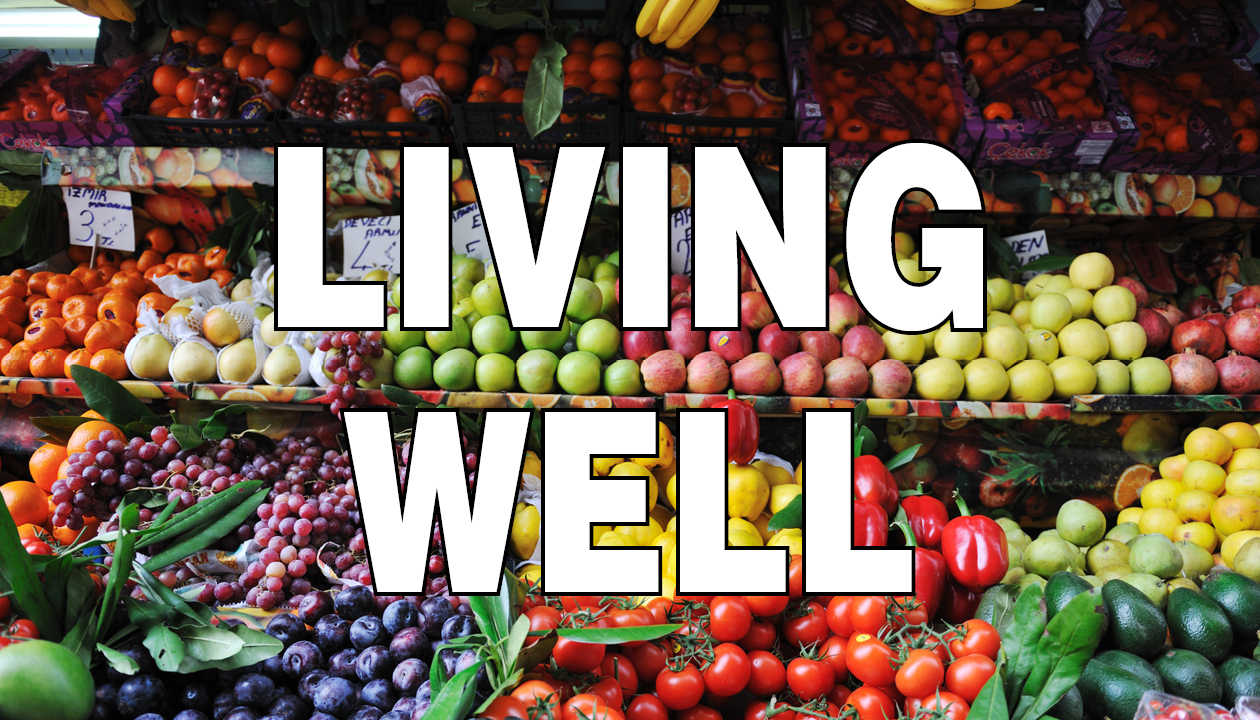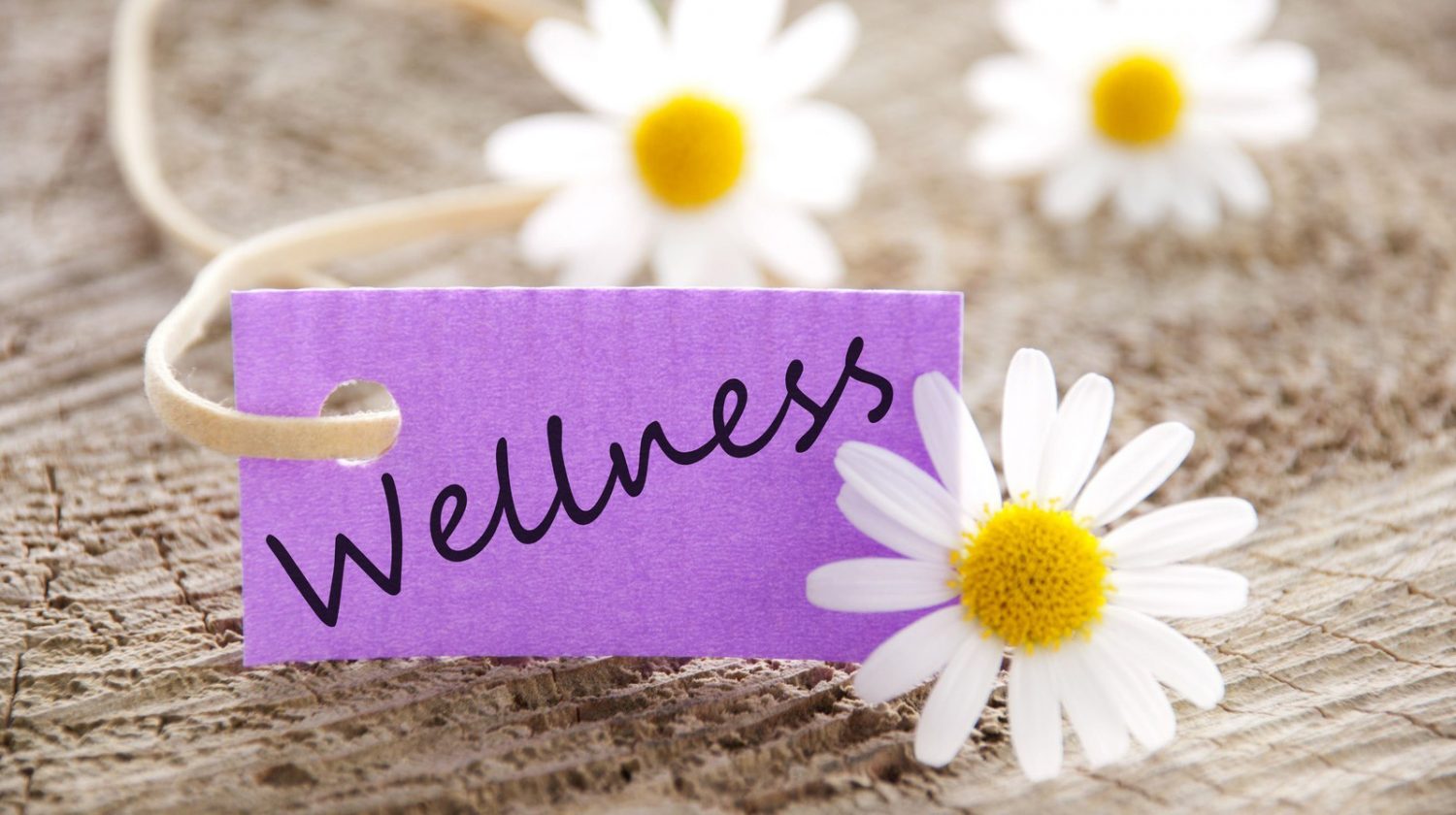Heads up on avoiding concussion

By Paula Havisto, PA-C
Ministry Medical Group, Rhinelander
 Concussions aren’t just the domain of football players, boxers and others who play high-impact sports. They can occur in infants and toddlers who are shaken, in children who fall on the playground or off bikes, in adults who fall off ladders carrying out DIY projects and in seniors who slip on a rug or suffer a bout of dizziness.
Concussions aren’t just the domain of football players, boxers and others who play high-impact sports. They can occur in infants and toddlers who are shaken, in children who fall on the playground or off bikes, in adults who fall off ladders carrying out DIY projects and in seniors who slip on a rug or suffer a bout of dizziness.
The brain is a soft mass of tissue, surrounded by a cushioning layer of cerebrospinal fluid, both protected by the bony casing of the skull. The hard shell of the skull forms an effective protective barrier for the delicate brain tissue, yet it can also be a source of injury. A sharp blow to the head–whether from a fall, a collision or a sports accident–can cause the brain to move inside the skull. That action of brain tissue crashing against the bony skull can result in a concussion.
Also known as traumatic brain injury, a concussion can be mild or severe but should never be treated lightly. Repeated concussions are especially dangerous.
In recent years we’ve learned of the prevalence of chronic traumatic encephalopathy (CTE) in National Football League players who were known to have suffered repeated concussions during their playing careers. CTE results in physical and psychological losses and can lead to early death.
Recognizing a concussion is a crucial first step in healing and in protecting your brain from further trauma. Losing consciousness for a brief period after a blow to the head is a sure sign of concussion, but you don’t have to lose consciousness to have a concussion.
Other signs and symptoms of concussion in the hours and days following a blow to the head may include confusion, slurred speech, headache, memory loss, dizziness or ‘seeing stars,’ nausea and vomiting, extreme fatigue, problems with balance or coordination, sleep problems, personality changes and sensitivity to light or noise.
In small children, parents should be aware of listlessness, lack of interest in eating or nursing, lack of interest in play and excessive crying.
If you or a loved one have any of the above symptoms after a possible concussion, it’s important to go see your clinician or go to the emergency department for an evaluation.
Generally, concussion is treated with rest, allowing the brain to heal itself. A mild concussion might require rest for up to a week.
Rest involves taking time off from work or school and avoiding activities that require mental or physical exertion. This includes watching TV, using the internet, playing video games, reading and exercising. For athletes, it’s important to avoid returning to action too quickly, increasing the risk of a second concussion.
There are a number of complications of concussion that underline the need to take it seriously.
Chronic traumatic encephalopathy. Repeated concussions, like those experienced by many former NFL players, are known to dramatically increase the risk of CTE. The condition can lead to increased aggression, personality changes, depression, memory loss and dementia. A number of former players who had committed suicide were diagnosed with CTE after their deaths.
Epilepsy. The risk of developing epilepsy doubles in the five years after having suffered a concussion.
Suicide. A Canadian study found that the risk of suicide was triple that of the general population over an 18-year period.
Second impact syndrome. Experiencing a second concussion before the first injury has a chance to heal can lead to rapid swelling of the brain which is usually fatal. The risk of second impact syndrome underlines the importance of not returning to play before a first concussion has fully healed.
Protecting yourself and loved ones from concussion is the best strategy for keeping the brain in good working order. Always wear a seat belt when driving. Make sure infants and young children always ride in an approved car seat for their age and weight.
Use the correct safety helmet for any sport or work activity, whether playing football, biking, skiing, skate-boarding or on a construction site. Helmets should be purchased new and fitted correctly. They should be replaced after a collision where they absorb significant impact.
If your child plays sports with a risk of concussion, make sure your coaches know and adhere to safe play and practice guidelines, and follow recommended concussion protocols.
Paula Havisto, PA-C, is a Physician Assistant with Ministry Medical Group, part of Ascension
Leave a reply
You must be logged in to post a comment.




